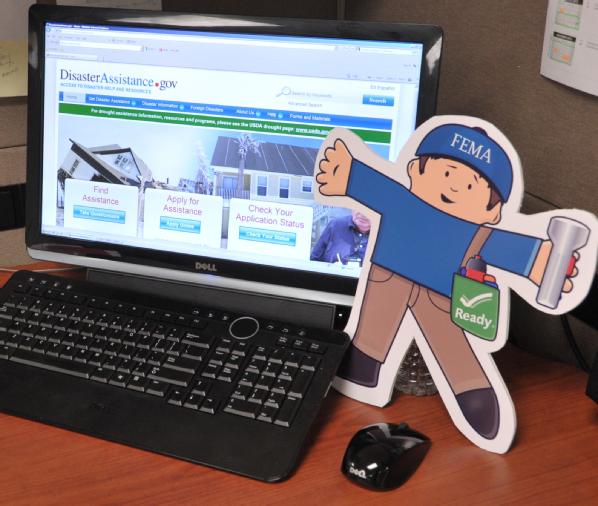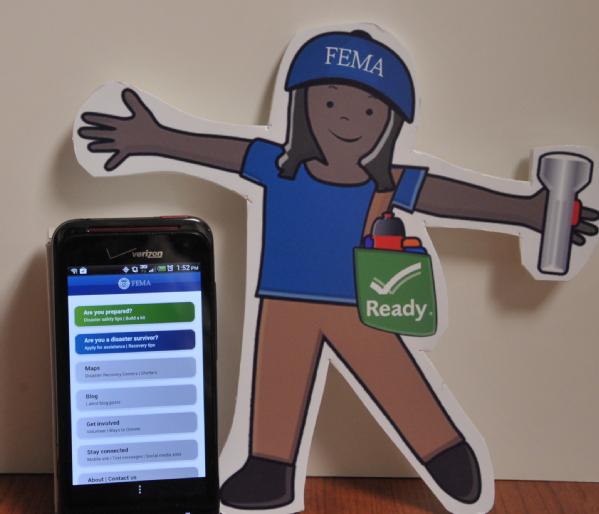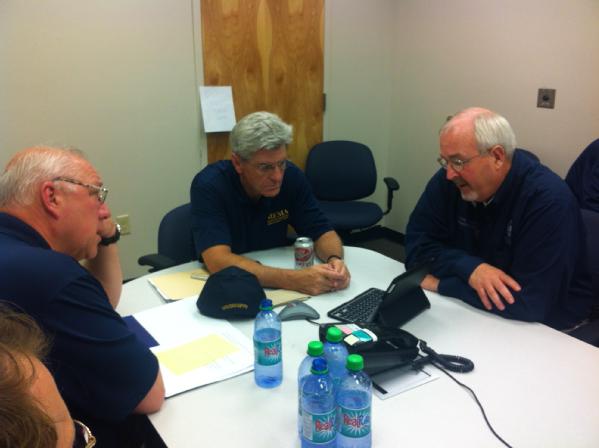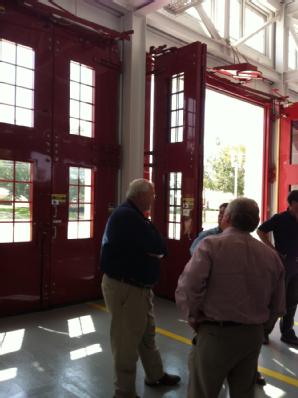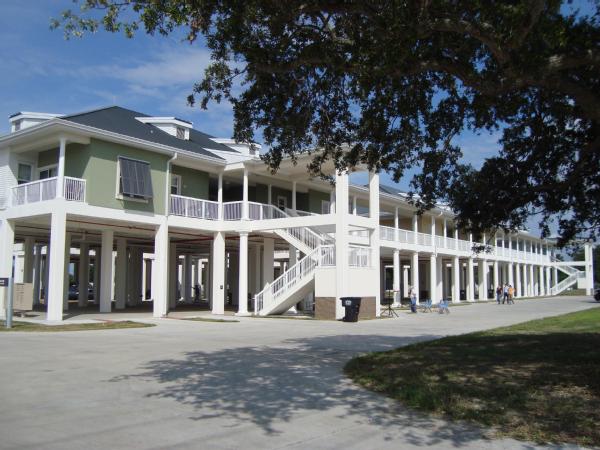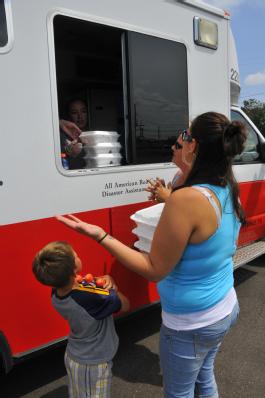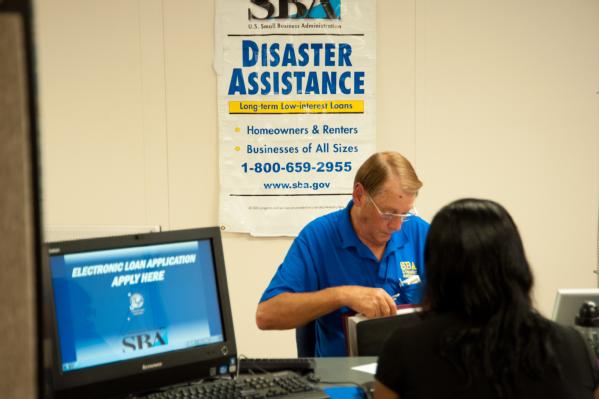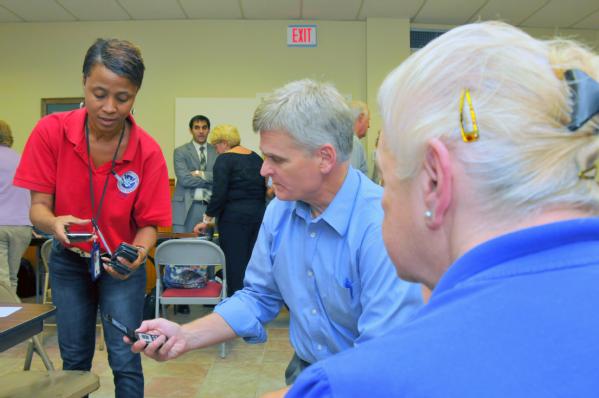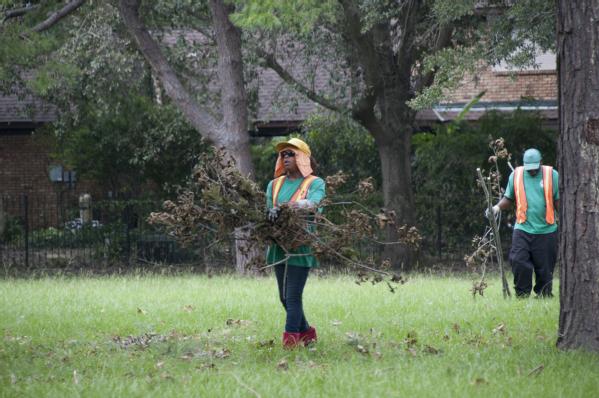What We're Watching: 9/14/12
At the end of each week, we post a "What We’re Watching" blog as we look ahead to the weekend and recap events from the week. We encourage you to share it with your friends and family, and have a safe weekend.
Weather outlook
As summer starts to fade into fall in some areas of the country, we continue to closely watch the tropics. As you know, we are currently at the peak of the Atlantic hurricane season, and the season continues until November 30. Currently, tropical storm Nadine is swirling in the Atlantic ocean and poses no threat to the U.S. or its territories. Keep up with the latest tropical forecast from the National Hurricane Center at www.hurricanes.gov or on your phone at http://hurricanes.gov/mobile.
And if you live in a coastal or inland area that could be affected by hurricanes or tropical storms, now's the time to prepare - visit www.Ready.gov/hurricanes or m.fema.gov on your phone to learn how.
Isaac recovery continues
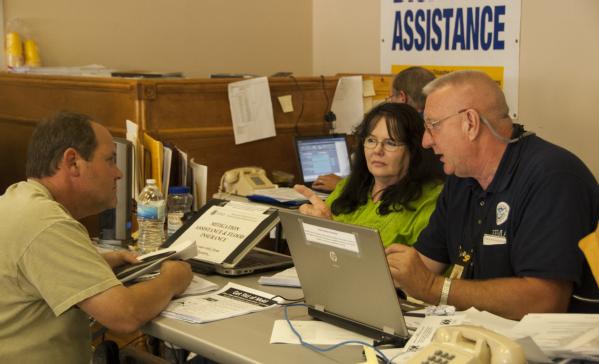
LaPlace, La., Sep. 11, 2012 – A FEMA Mitigation specialist talks to a Hurricane Isaac survivor in a Disaster Recovery Center. FEMA Mitigation specialists are assisting homeowners by providing them with information they need to rebuild their damaged property.
We continue to work closely with our state, local, and tribal partners as we assist those affected by Hurricane Isaac in Mississippi and Louisiana. Thousands have applied for disaster assistance so far, and Disaster Recovery Centers set up in the affected area continue to provide recovery information to disaster survivors. Earlier this week, we posted some stats about how Isaac survivors are applying for disaster assistance - I encourage you to check it out. The disaster pages for Louisiana and Mississippi have the latest information on FEMA's role in the recovery.
The excitement of graduation
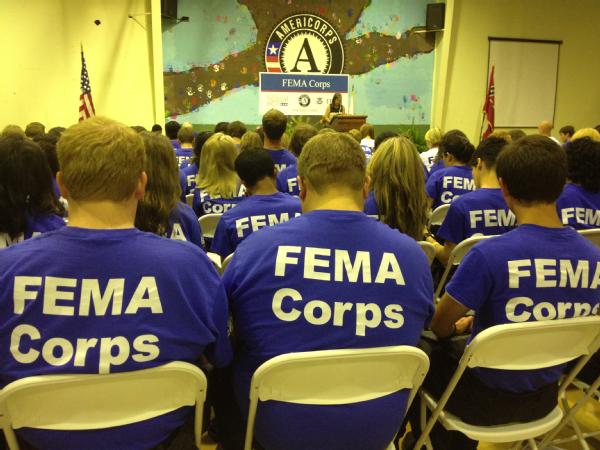
Vicksburg, Miss., Sep. 13, 2012 -- Induction Ceremony for the inaugural class of FEMA Corps members. FEMA Corps members assist with disaster preparedness, response, and recovery activities, providing support in areas ranging from working directly with disaster survivors to supporting disaster recovering centers to sharing valuable disaster preparedness and mitigation information with the public.
Lastly, all of us at FEMA are excited about the first class of FEMA Corps graduates that were newly minted earlier this week. FEMA Corps is a program that combines the expertise of FEMA and AmeriCorps to equip groups of young people to deploy into areas affected by disasters and assist the community with recovery. The new members, who range in age from 18-24 years old, will contribute to a dedicated, trained, and reliable disaster workforce by working full-time for ten months on federal disaster response and recovery efforts.
FEMA Deputy Administrator Rich Serino spoke to the class of 231 graduates yesterday, and he blogged about his perspective on the FEMA Corps program as well.
Have a great weekend!



